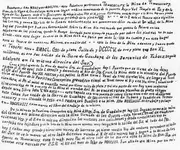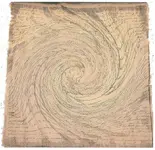Real de Tayopa Tropical Tramp
Gold Member
- Joined
- Nov 8, 2004
- Messages
- 14,582
- Reaction score
- 11,947
- Golden Thread
- 0
- Location
- Alamos,Sonora,Mexico
- Primary Interest:
- All Treasure Hunting
HI ghost dog: You posted -->a story of a prospector who finds some very old dynamite fuse,and send samples to a fuse maker.End result it dated to the 1700'S as being of German manufacture
****************
Hi again, Barry storm was obviously mistaken since Dynamite wasn't invented until 1867, so if it was a fuse it had to be for black powder.
not trying to be picky---- !
Don Jose de La Mancha
****************
Hi again, Barry storm was obviously mistaken since Dynamite wasn't invented until 1867, so if it was a fuse it had to be for black powder.
not trying to be picky---- !
Don Jose de La Mancha




 )
) 





